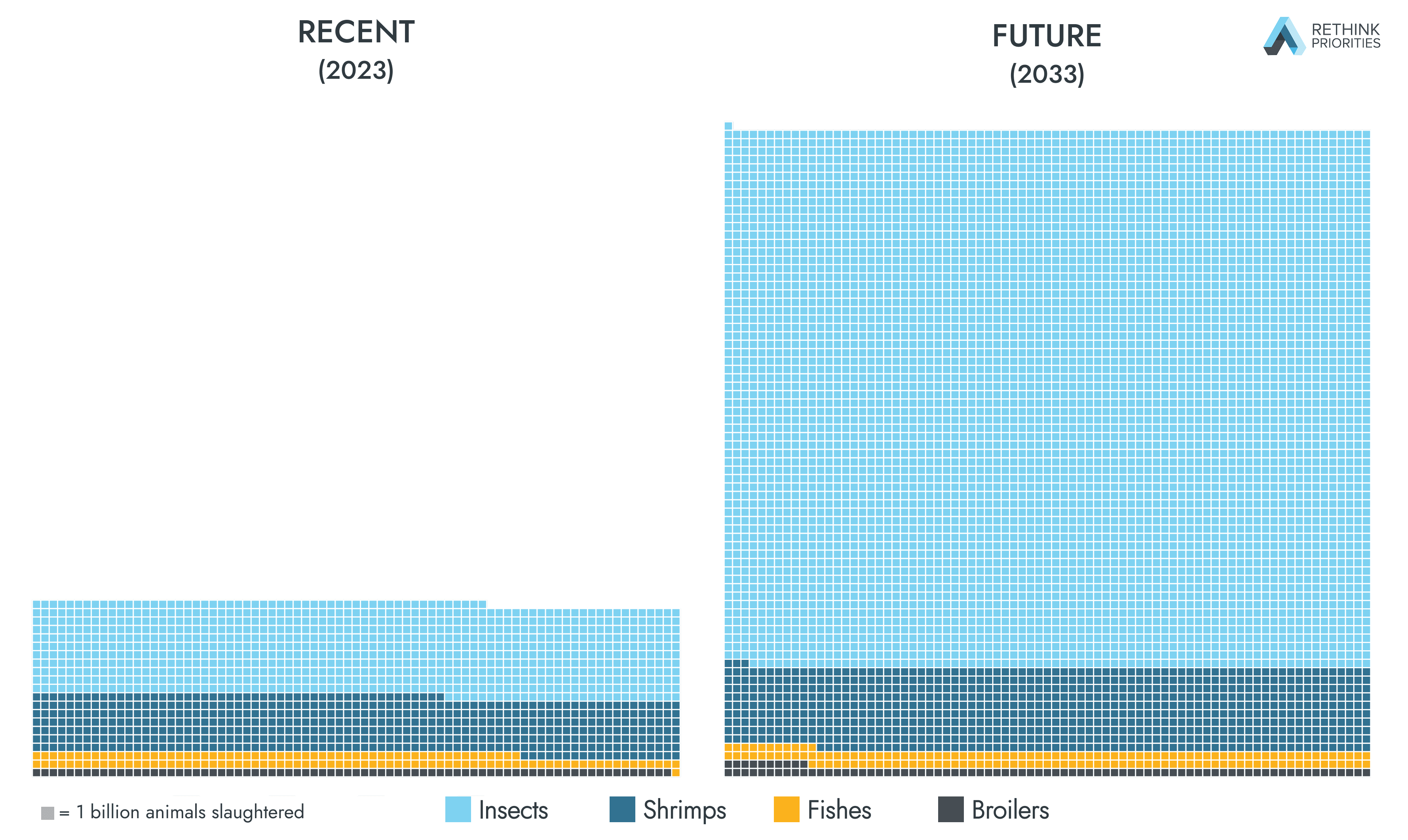Are you looking for a project where you could substantially improve indoor air quality, with benefits both to general health and reducing pandemic risk?
I've written a bunch about air purifiers over the past few years, and its frustrating how bad commercial market is.
The most glaring problem is the widespread use of HEPA filters. These are very effective filters that, unavoidably, offer significant resistance to air flow. HEPA is a great option for filtering air in single pass, such as with an outdoor air intake or a biosafety cabinet, but it's the wrong set of tradeoffs for cleaning the air that's already in the room. Air passing through a HEPA filter removes 99.97% of particles, but then it's mixed back in with the rest of the room air. If you can instead remove 99% of particles from 2% more air, or 90% from 15% more air, you're delivering more clean air. We should compare in-room purifiers on their Clean Air Delivery Rate (CADR), not whether the filters are HEPA.
Next is noise. Let's say you do know that CADR is what counts, and you go looking at purifiers. You've decided you need 250 CFM, and you get something that says it can do that. Except once it's set up in the room it's too noisy and you end up running it on low, getting just 75 CFM. Everywhere I go I see purifiers that are either set too low to achieve much or are just switched off. High CADR with low noise is critical.
Then consider filter replacement. There's a competitive market for standardized filters, where most HVAC systems use one of a small number of filter sizes. Air purifiers, though, just about always use their own custom filters. Some of this is the mistaken insistence on HEPA filters, but I suspect there's also a "cheap razors, expensive blades" component where manufacturers make their real money on consumables.
Then there's placement. Manufacturers put the buttons on the top and send air upwards, because they're designing them to sit on the floor. But a purifier on the floor takes up



Yeah, I thought about that one too, but figured that "just write about anything EA you've done, big or small" would be a useful lower bar than "the most awesome altruistic thing you've done lately".